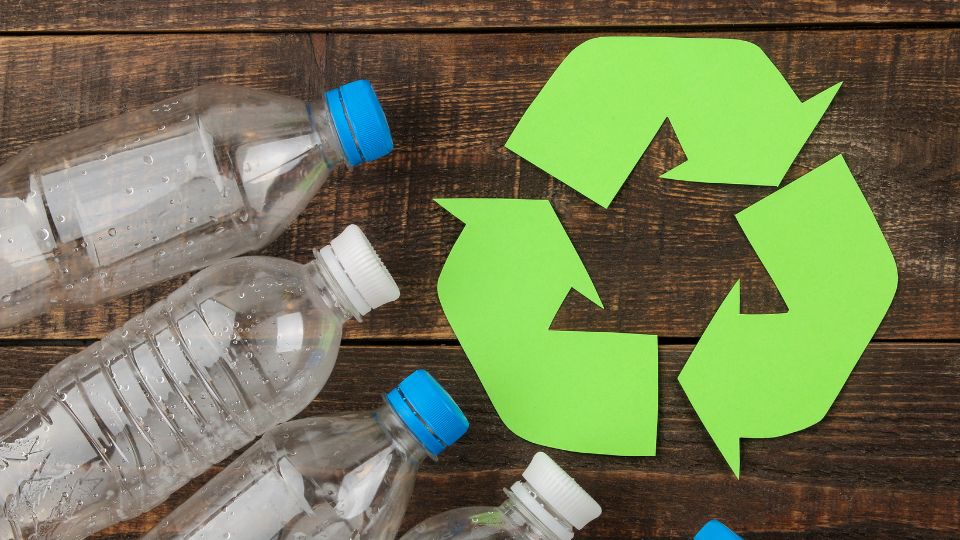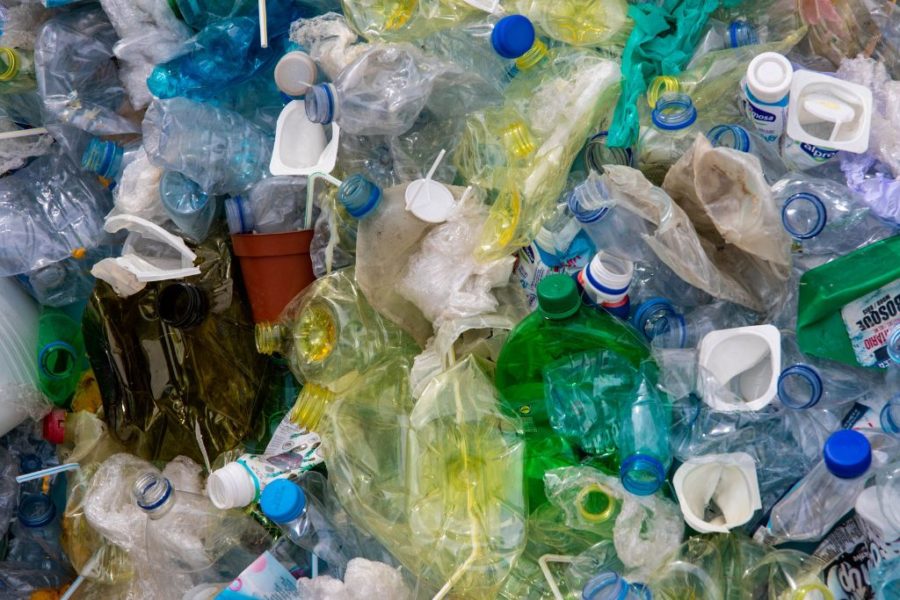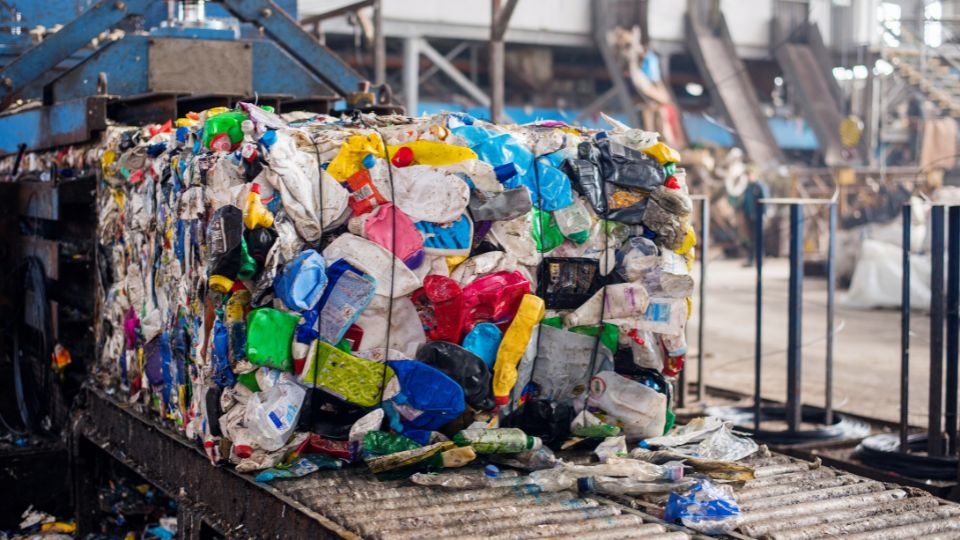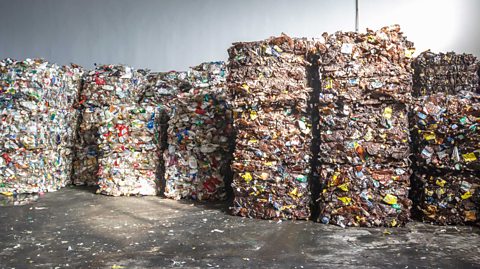
Introduction
Plastic recycling is a process that involves converting waste plastic materials into reusable products. It plays a crucial role in mitigating the environmental impact of plastic waste and reducing the dependence on virgin plastic production. This article explores the historical background, key concepts, main discussion points, case studies, current trends, challenges, future outlook, and references related to innovations in plastic recycling methods.
Historical Background
During the early days of plastic recycling, simple methods such as reusing plastic containers and melting plastic waste to create new products were prevalent. However, these methods had limitations in terms of scalability and the quality of recycled materials. With advancements in technology, the plastic recycling industry witnessed significant improvements. Innovations such as mechanical recycling and chemical recycling emerged, enabling the efficient processing of plastic waste into high-quality recycled materials.
Key Concepts and Definitions
Mechanical recycling involves the physical transformation of plastic waste into reusable materials. It typically includes processes such as sorting, washing, shredding, and extrusion to produce recycled plastic pellets or flakes. Mechanical recycling offers several advantages, including energy savings, resource conservation, and waste reduction. However, it is limited by the quality degradation of recycled plastics and the challenges associated with sorting and cleaning different types of plastics.
Chemical recycling refers to the conversion of plastic waste into chemical intermediates or feedstocks through various chemical processes. These processes include depolymerization, pyrolysis, and gasification. Chemical recycling provides opportunities to recover plastic waste that is difficult to recycle through mechanical methods. It can convert a wide range of plastic materials into valuable chemicals or fuels. However, it also faces challenges such as high capital costs and the need for specialized infrastructure.
Bioplastics are plastics derived from renewable sources, such as plant-based materials. They can be divided into two main types: bio-based plastics, which are made entirely from renewable resources, and biodegradable plastics, which can break down under specific conditions. Bioplastics play a significant role in plastic recycling by offering alternative materials that have a reduced environmental impact compared to conventional plastics. They can be recycled through both mechanical and chemical methods, contributing to a more sustainable circular economy.

Main Discussion Points
Advanced Sorting Techniques
Optical sorting utilizes sensors and cameras to identify and sort plastic waste based on its optical properties. This technology enables efficient and accurate sorting, improving the quality of recycled plastics. Near-infrared (NIR) sorting uses near-infrared light to differentiate between different types of plastics based on their chemical compositions. It enhances the effectiveness of plastic recycling by enabling precise sorting and reducing contamination. Artificial intelligence (AI) algorithms can be applied to sorting systems to analyze and classify plastic waste in real-time. This technology improves sorting accuracy and speed, leading to higher-quality recycled materials.
Enhanced Plastic Conversion Technologies
Pyrolysis is a thermal decomposition process that converts plastic waste into valuable chemicals or fuels. It offers the potential to recycle mixed plastic waste that is challenging to process through other methods. Solvent-based recycling dissolves plastic waste in suitable solvents to extract valuable components. This method enables the recovery of high-quality polymers and additives from complex plastic mixtures. Hydrothermal processing involves the treatment of plastic waste in hot pressurized water or steam. It can convert various types of plastic waste into useful chemicals, reducing the environmental impact of plastic disposal.
Upcycling and Downcycling
Upcycling refers to the creative transformation of plastic waste into products of higher value or quality. Examples include using plastic bottles to create innovative furniture or fashion accessories. Downcycling involves converting plastic waste into lower-value products, such as plastic lumber or fiber. Upcycling and downcycling contribute to the circular economy by extending the lifespan of plastic materials. They help reduce the demand for virgin plastics and minimize waste generation. However, challenges include the need for specialized recycling facilities and the potential loss of material properties during downcycling.

Case Studies or Examples
A manufacturing plant implemented a closed-loop recycling system, where plastic waste generated during production was collected, processed, and reused as raw materials. This initiative significantly reduced waste disposal costs and environmental impact. A city or country implemented comprehensive plastic recycling initiatives, including efficient collection systems, advanced sorting techniques, and partnerships with recycling facilities. These initiatives led to increased recycling rates and a significant decrease in plastic waste sent to landfills.
Current Trends or Developments
Innovative recycling facilities equipped with state-of-the-art machinery and technologies are emerging. These facilities incorporate advanced sorting techniques, enhanced plastic conversion technologies, and digital solutions to optimize the recycling process. The adoption of chemical recycling methods is on the rise due to their ability to handle challenging plastic waste streams and produce high-quality recycled materials. Research and investment in this area are fueling further advancements in chemical recycling technologies. Industries, governments, and non-governmental organizations (NGOs) are increasingly collaborating to promote plastic recycling initiatives. These partnerships aim to develop sustainable solutions, improve infrastructure, and raise awareness about the importance of plastic recycling.
Challenges or Controversies
Contamination, such as non-recyclable materials mixed with plastic waste, poses a significant challenge to the recycling process. It can lead to lower-quality recycled materials and increased costs for sorting and cleaning. Insufficient recycling infrastructure and inadequate investment hinder the scalability and efficiency of plastic recycling. The development of collection and processing facilities, as well as funding for research and innovation, is crucial to overcoming these challenges. Some plastic recycling methods, such as incineration and certain chemical processes, raise environmental concerns due to energy consumption, emissions, or potential toxic byproducts. Balancing the environmental impact of these methods with the benefits of recycling is an ongoing challenge.

Future Outlook
Innovative plastic recycling methods, such as enzymatic recycling and biodegradable additives, hold significant potential for enhancing the efficiency and sustainability of plastic recycling. Continued research and development in these areas can lead to breakthrough solutions. Effective government policies and regulations play a crucial role in promoting plastic recycling. Clear guidelines on waste management, incentives for recycling, and support for research and innovation can drive the adoption of sustainable recycling practices. The integration of circular economy principles is essential for achieving a sustainable future in plastic recycling. Designing products for recyclability, promoting eco-design practices, and encouraging the use of recycled materials can create a closed-loop system that minimizes waste and resource consumption.
Conclusion
Innovations in plastic recycling methods are vital for addressing the environmental challenges posed by plastic waste. Through advanced sorting techniques, enhanced plastic conversion technologies, and the promotion of circular economy principles, we can achieve a more sustainable and efficient plastic recycling system. It is crucial for individuals and industries to support plastic recycling initiatives and contribute to a greener future.




